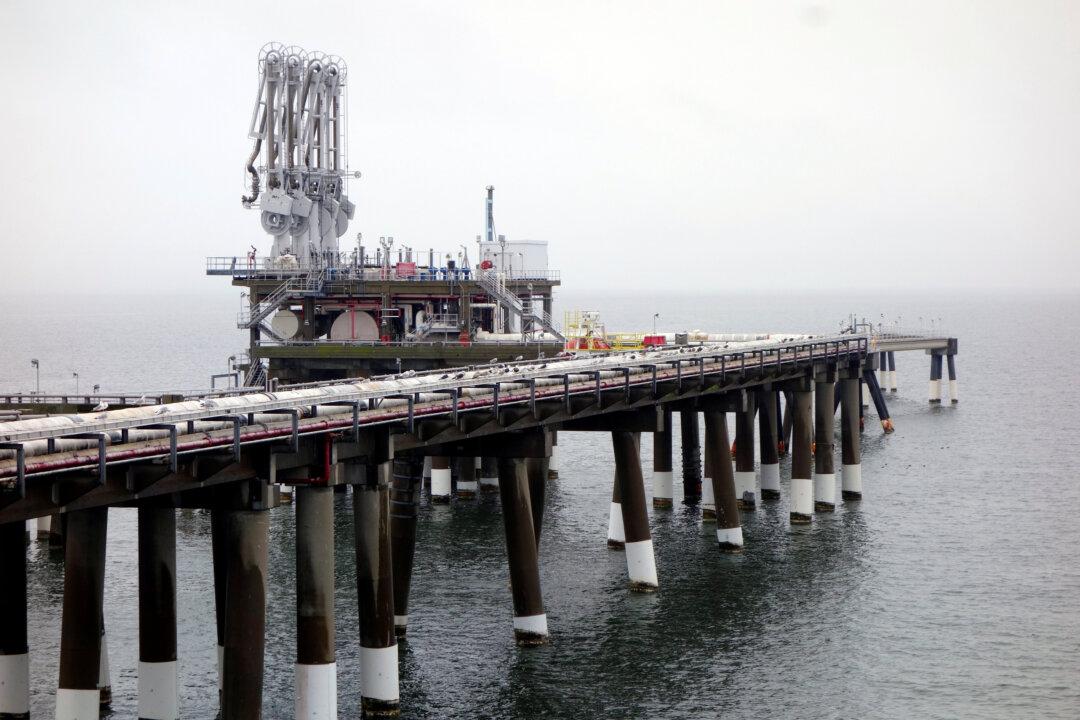A manufacturers trade group has called on the Department of Energy (DOE) to order U.S. liquefied natural gas (LNG) producers to reduce exports, amid fears of potential supply shortages this winter.
In a letter to U.S. Energy Secretary Jennifer Granholm (pdf) on Sept. 17, Industrial Energy Consumers of America (IECA), a trade group representing chemical, food, and materials manufacturers, asked the Department of Energy to take “immediate action” and restrict exports of LNG until U.S. inventories increase.




